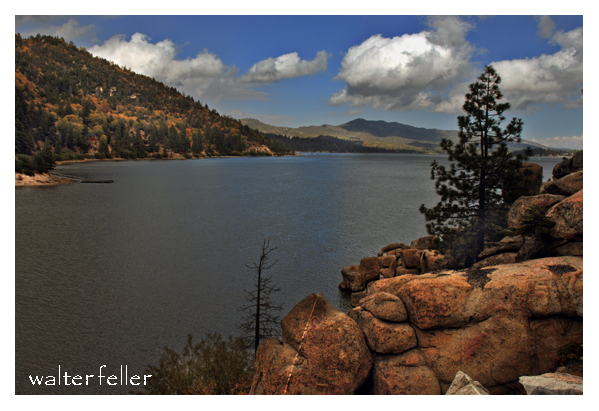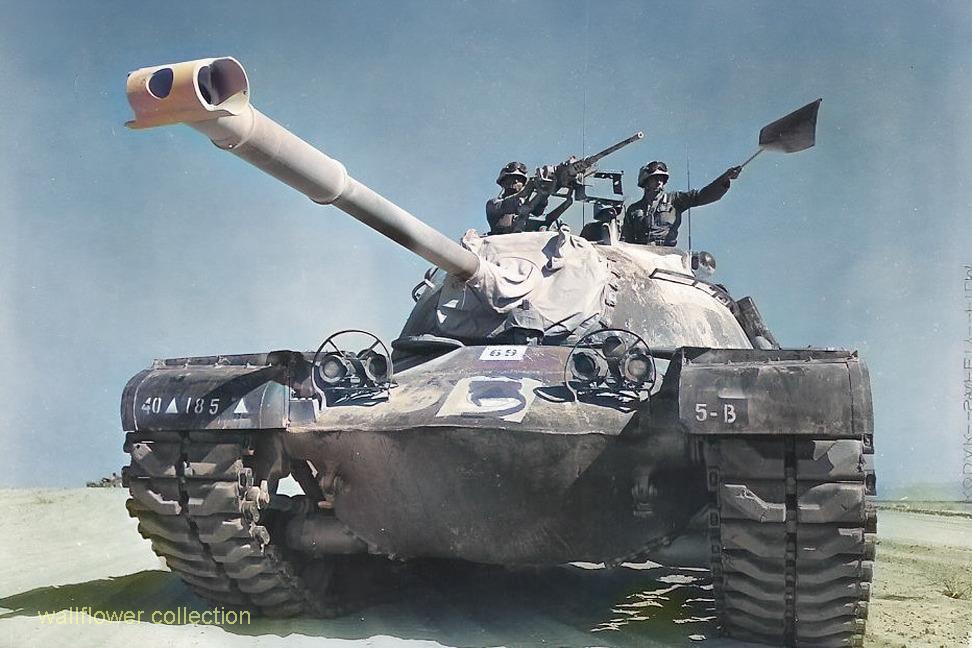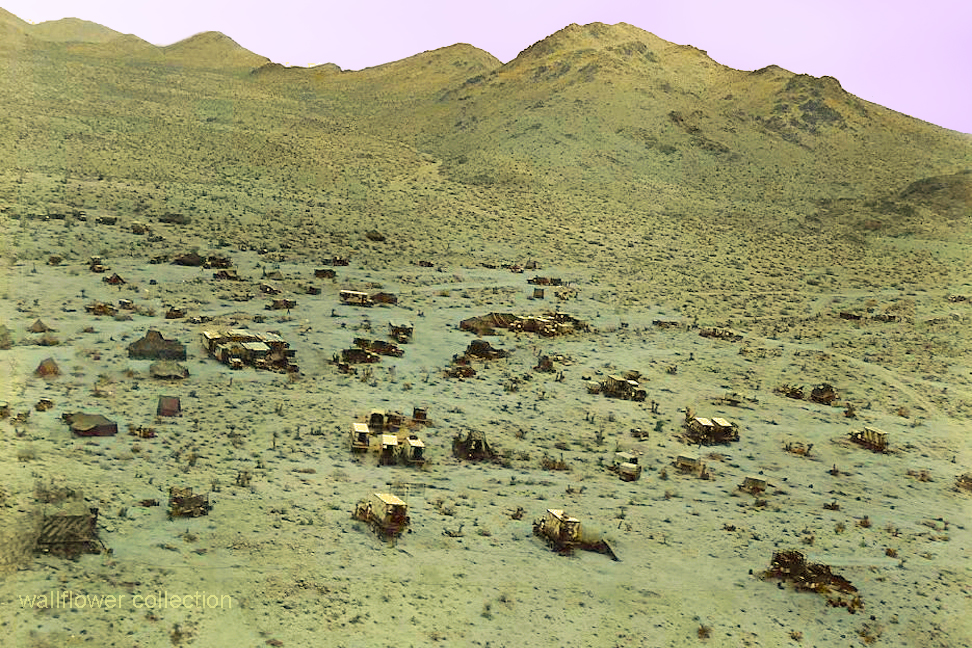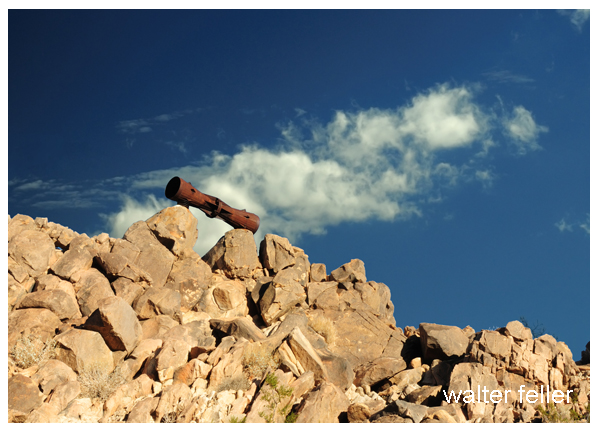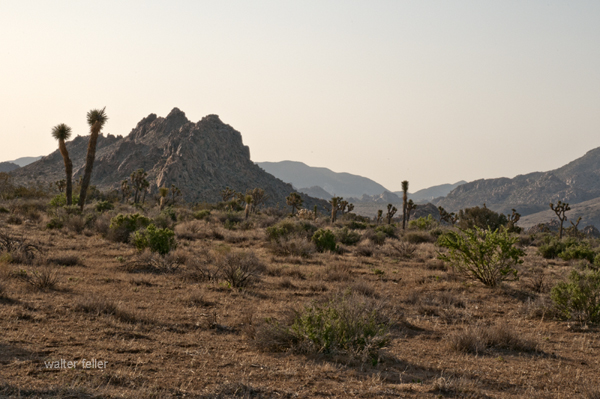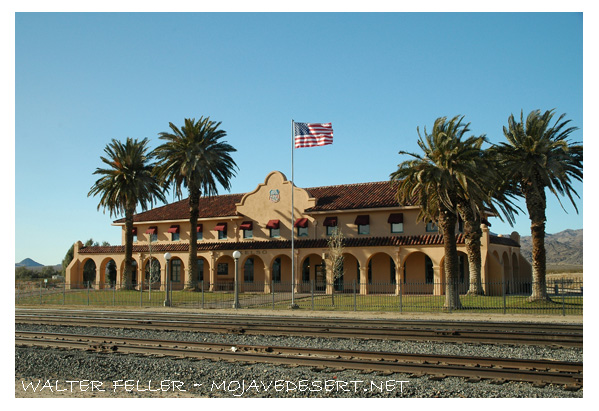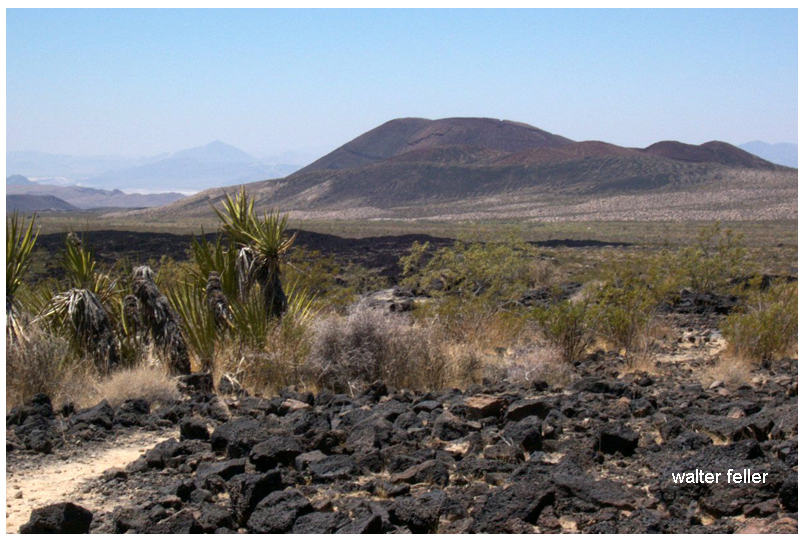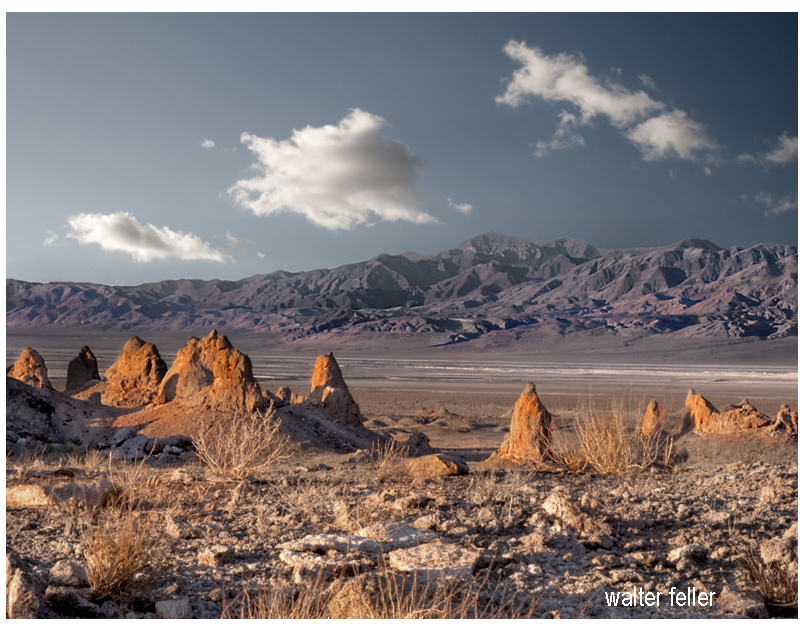https://mojavedesert.net/railroads
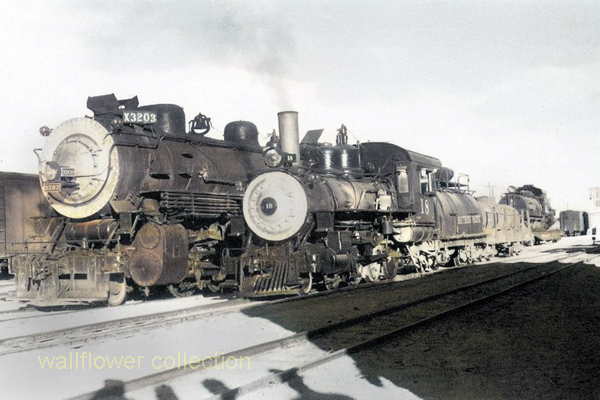
The primary difference between standard gauge and narrow gauge railroads lies in the distance between the two rails, known as the gauge.
Standard Gauge
- Definition: Standard gauge is a rail gauge with a distance of 4 feet 8.5 inches (1,435 mm) between the inside edges of the rails.
- Prevalence: It is the most widely used rail gauge worldwide, found in approximately 60% of all railway lines.
- Advantages:
- Interchangeability: Standard gauge allows for seamless interchange of rolling stock and locomotives across different regions and countries using the same gauge.
- Stability and Speed: Standard gauge tracks provide a stable and smooth ride, making them suitable for high-speed trains.
- Infrastructure: Standard gauge railways often have more extensive infrastructure and better connectivity due to their widespread use.
Narrow Gauge
- Definition: Narrow gauge railroads have a rail distance smaller than the standard gauge. Common narrow gauges include 3 feet 6 inches (1,067 mm), 3 feet (914 mm), and 2 feet (610 mm).
- Prevalence: Narrow gauge railroads are less common globally but are often used in specific regions, industries, or for particular purposes.
- Advantages:
- Cost-Effective: Narrow-gauge railways are generally cheaper to construct and maintain, making them ideal for regions with challenging terrain or lower traffic volumes.
- Tighter Curves: Narrow gauge tracks can handle tighter curves and steeper gradients, making them suitable for mountainous or rugged areas.
- Flexibility: They are often used in industries such as mining, logging, or agriculture, where flexibility and lower costs are more critical than speed and capacity.
Applications
- Standard Gauge: Used in most major rail networks, including passenger services, high-speed rail, and heavy freight operations.
- Narrow Gauge: Found in specialized environments such as mountain railways, industrial railways, heritage railways, and some regional lines.
Examples
- Standard Gauge: Most North American rail networks.
- Narrow Gauge: The Carson Colorado Railroad (3 feet gauge)
In summary, while standard gauge railroads offer advantages in interoperability, stability, and infrastructure development, narrow gauge railroads provide cost-effective solutions and greater flexibility in challenging terrains or specialized applications.
